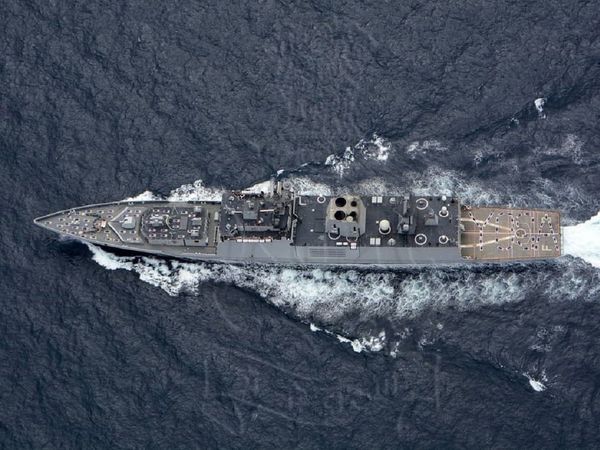
SOURCE: TIMES NOW
In a major step towards boosting connectivity between the Andaman and Nicobar Islands and the mainland, Prime Minister Narendra Modi on Monday inaugurated the 2,312-kilometre Optical Fibre Cable (OFC) that connects Chennai and Port Blair. “From Chennai to Port Blair, Port Blair to Little Andaman and Port Blair to Swaraj Dweep, this service has started in large part of Andaman Nicobar from today,” the PM said.
PM Modi had laid the foundation for the project, which will bring high-speed broadband to the islands, on 30 December 2018. While the Bharat Sanchar Nigam Limited executed the project, Telecommunications Consultants India Limited was the technical consultant. The OFC was laid at a cost of around Rs 1,224 crore.
The PM said that besides boosting connectivity the laying of the under-sea cable will also help tourism, which is a key source of income for the inhabitants of the beautiful islands.
However, the project is also a reminder of the strategic importance of the Andaman and Nicobar Islands, and their emergence as a critical archipelago in the Indian Ocean region as India grapples with the consequences of an increasingly aggressive China.
Strategic importance of the Andamans
The Andaman and Nicobar group has 572 islands, of which 37 are inhabited. Some of these are home to indigenous tribes that have been declared as no-go areas and are closed to nearly everyone except government and defence officials and, in some cases, researchers.
The spread and location of the islands along the Bay of Bengal and Indian Ocean make them crucial to India’s maritime security and larger strategic goals. While the southernmost island is some 90 nautical miles from Indonesia, the northernmost island is just 22 nautical miles from Myanmar, both countries that have friendly ties with India.
But the rapid economic and military rise of China means India has had to up its game in the Indian Ocean.
The task of protecting the trade routes that straddle past the islands falls on the Indian Navy. Keeping the routes free is important not just for India but for the entire maritime global trade in the Indo-Pacific. That’s why the members of the Quad – India, Australia, Japan and the US – are seeking to work more closely together, especially on the naval front.
There have been reports that China is conducting surveillance missions near Indian waters under the garb of anti-piracy drives.
Till about 1980, the islands were not really on the radar of India’s strategic planners, and were little more than an anthropological curiosity.
But the economic growth in Asia, burgeoning trade via the sea lines of communication (SLOCs) that pass through the Andaman Sea and Malacca Straits, and the emergence of China as a global power have made the islands the centre of attention.
Two Chinese projects in particular – the China-Burma Economic Corridor and a waterway linking the Gulf of Thailand to the Andaman Sea (the latter is still in a proposal state) – have made the Indian strategic community sit up and take notice as Chinese business interest tie-up with the Andaman Sea.
Incidentally, Japan which had occupied some of the Andaman islands for more than three years during World War 2, is believed to be interested in developing them.
Currently, the Tri-Services Andaman and Nicobar Command is at the operational heart of India’s strategic and security interests in the Indian Ocean. But with China’s belligerent behaviour in Ladakh and elsewhere, India may consider making the islands a hub for joint exercises with friendly navies from countries such as Australia, the US and France.






